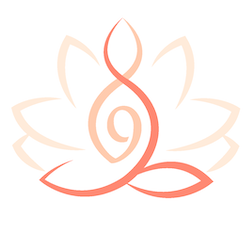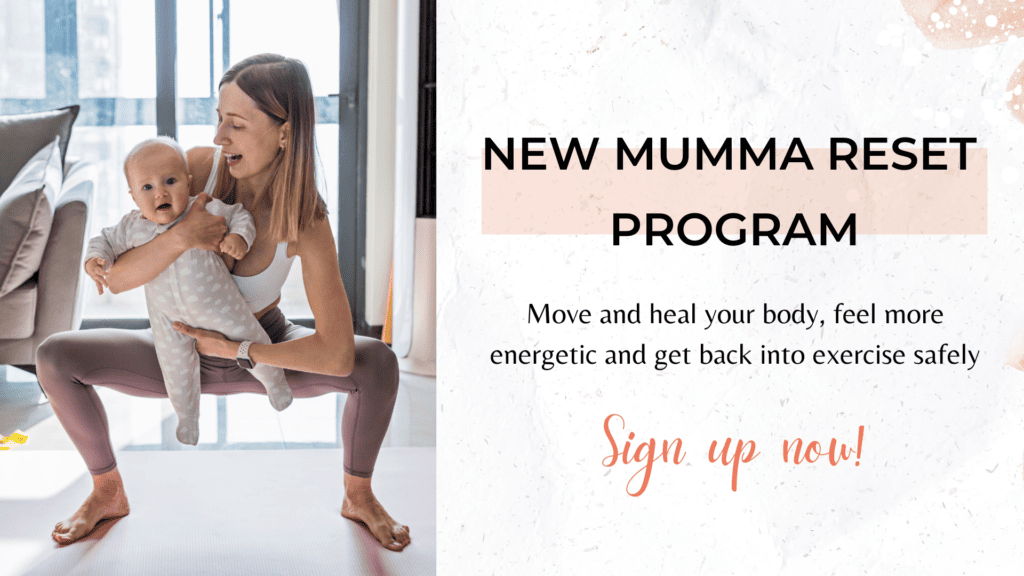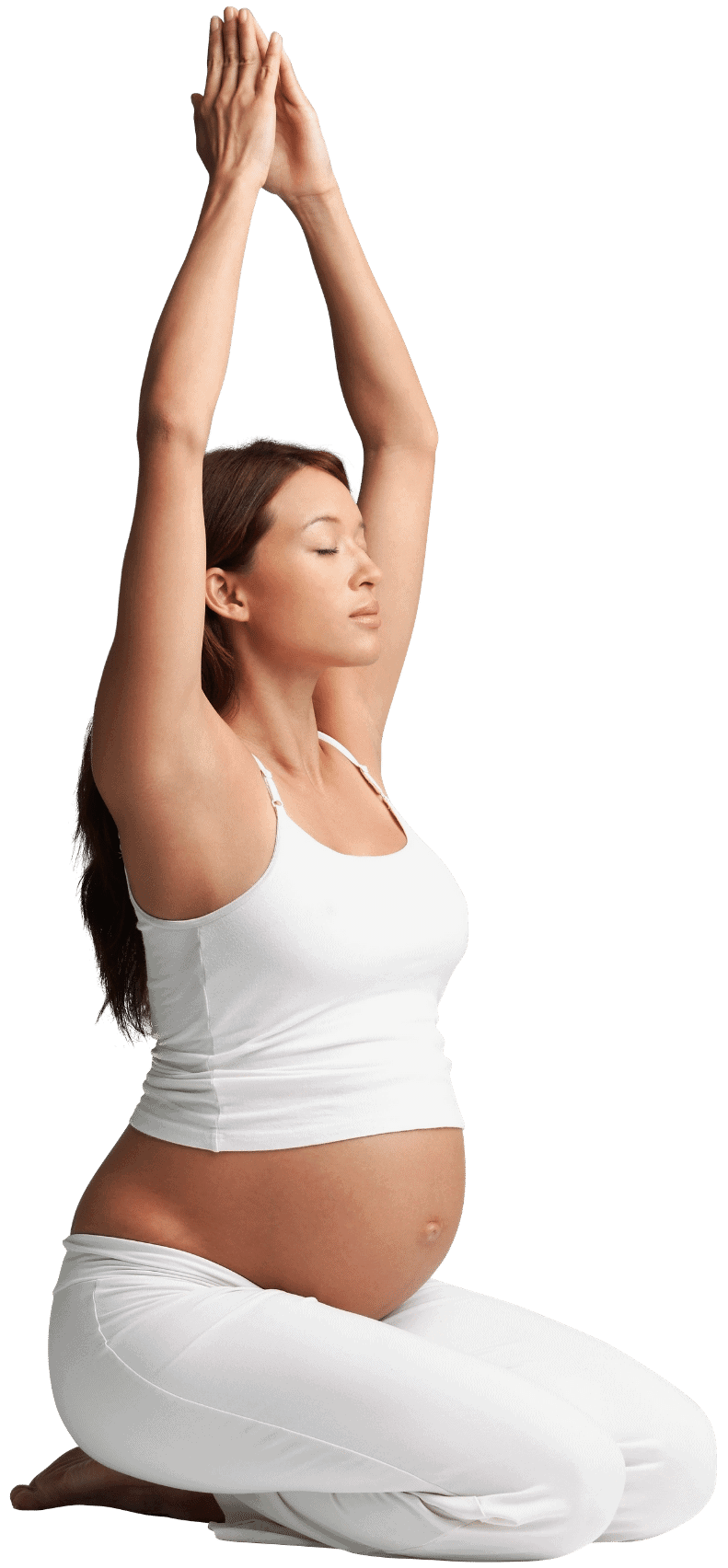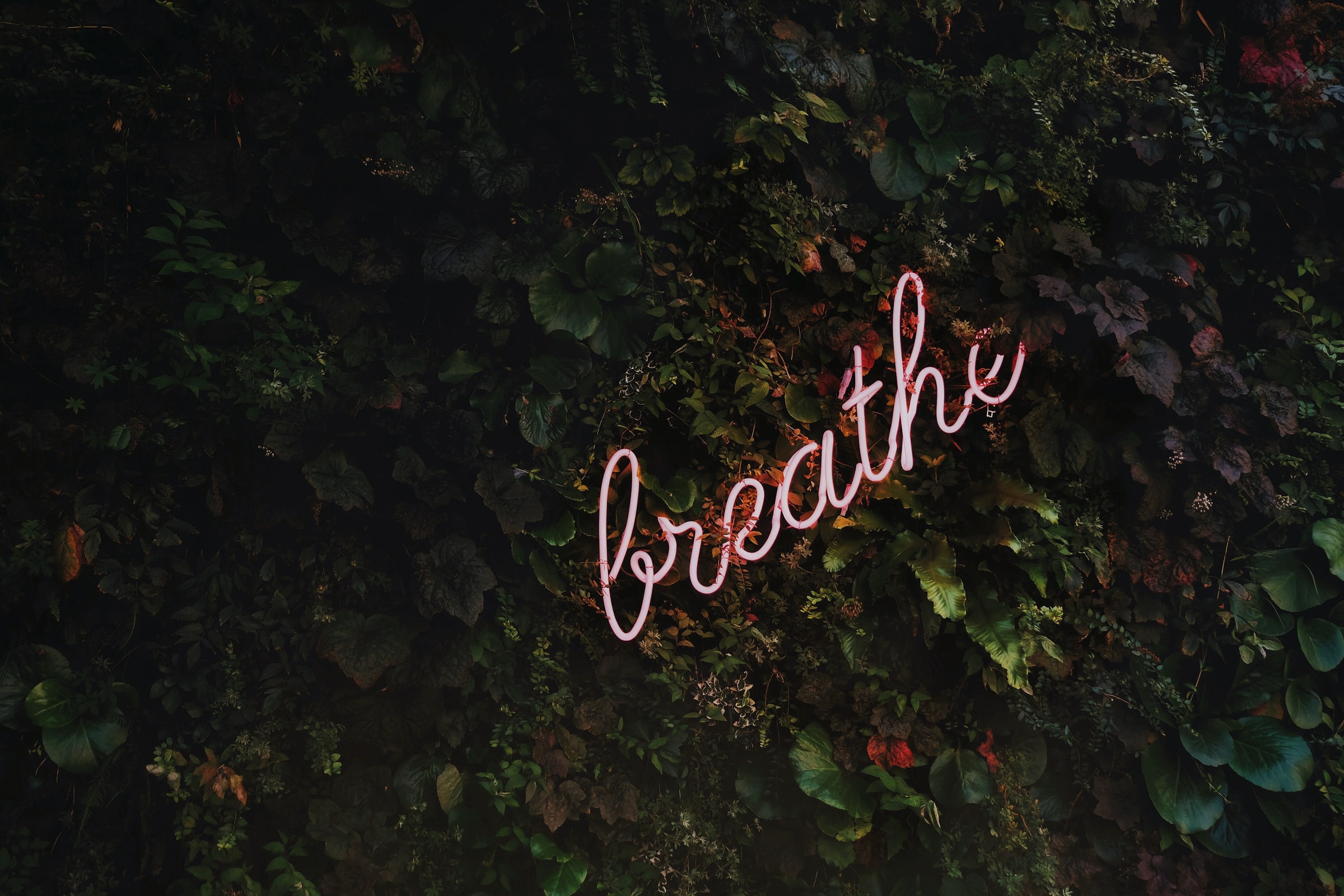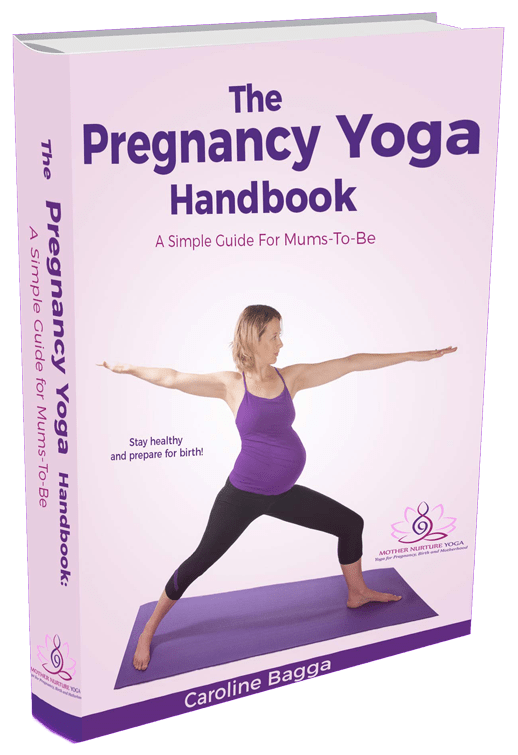Now we’ve got that out of the way, let’s look at some of the things that your might experience after giving birth, and some tips on how best to look after your new postpartum body!
Breasts
Your breasts will get bigger and tender as your milk ‘comes in’ (between 2-5 days after birth). Prepare for your breasts to be engorged (sometimes painfully) as your baby and your body work out the balance between supply and demand. You may also experience leaking in between feeds. This will settle as you and your baby develop a breastfeeding rhythm.
You can ease engorgement by consistently feeding your baby every 2-3 hours, pumping in between, and using warm compresses or massage before feeding and ice after feeding.
Your nipples may become sore and tender as your body adjusts to breastfeeding but this will settle after the first few days. Try massaging some breast milk onto your nipples after each feed. If your nipples crack or your baby is struggling to latch on, please seek help from a lactation consultant.
Pelvic floor
Nine months of the weight of baby, the placenta and all that amniotic fluid pressing down on your pelvic floor will have left it’s toll.
If you’ve delivered your baby vaginally, then your perineum (the skin between your vagina and anus) has also undergone rather a lot of stretching. Don’t worry, it’s designed to do this, but it will likely feel quite sore for a while. You may have also experienced tearing, episiotomy or other damage from forceps delivery, prolonged pushing or if your baby is large.
Pelvic floor exercises can safely be performed straight away after birth. Try to do them on a regular basis to promote blood supply and healing to the pelvic floor. Ice will also help to take down the swelling and arnica is great for reducing bruising.
You might be worried about the sting from that first pee and poo – a peri bottle will help here.
Realistically, your pelvic floor may take some time to recover from pregnancy and birth – but if you’re still struggling to feel much after a few weeks of consistent daily pelvic floor work, or if you have other concerns, then you should definitely consult with a women’s health physio.
Weight loss
If you believe what you see on social media, you might think you’ll be back to your pre-pregnancy weight straight away. The truth is you’ll lose an average of 5.9kg during birth and a bit more over the next few weeks as the retained fluids drain out of your body. But if the average weight gain during pregnancy is 11 – 16kg, what about the rest?
Some women – especially those who are breastfeeding (which burns lots of calories) might find the remaining weight drops off quite easily within a few weeks or months.
Exercise, eating well and drinking water are key to losing the remaining weight.
However please be realistic about your weight loss goals!! Your body has just grown a whole new human and has been through some pretty amazing changes, so be kind to yourself and focus on re-building strength instead of losing weight.
Check out the Life After Birth Project on Instagram which is a beautiful collection of photos of over 250 real women: https://www.instagram.com/lifeafterbirth
Stomach and abdominal muscles
Over the past nine months your abdominal muscles have separated and the skin on your belly has stretched to accommodate your growing baby.
So the skin on your stomach may now be loose and saggy. The extent of this depends on a number of things, including how much weight you gained, how much weight you’ve lost, whether or not you exercised during pregnancy and of course genetics.
Over time, exercise and good nutrition will help to tone and tighten any loose skin.
You may have heard about diastasis recti, which is a separation of the rectus abdominis muscle (your six pack muscles). A gap of two finger widths is considered perfectly normal postpartum, but what we’re looking to do is start to close that gap. The absolute worst thing you can do is try to fix it by doing sit ups, crunches or anything else that will put strain on your rectus abdominis muscle.
Instead, start healing from the inside out – beginning with your pelvic floor and then progressing to the deepest layer of your abdominal muscles – your transversus abdominis. Think of the TA like your body’s natural corset and your express ticket to being strong and pain free!
Posture
During pregnancy your centre of gravity changed as your baby grew and your uterus changed position – coming higher up and further forward.
Postpartum you’ll find yourself adjusting to a new centre of gravity literally overnight, while also dealing with imbalances in your muscles caused by pregnancy. For instance, your abdominal muscles have become stretched and weakened, while your hip flexors, hip rotators and hamstrings have become tight.
Your ribs may have flared out to make space for your baby in the final part of pregnancy, and you may have leaned back to try to accommodate the extra weight at the front of the body.
Being mindful of your posture is especially important postpartum. You’ll need to teach your body correct posture again!
Many new mums spend a lot of time holding their baby and leaning back to compensate for the weight at the front. If you do this, you’ll experience further muscle imbalances as the back muscles become short and painful and the abdominal muscles continue to remain stretched and weak.
It’s very hard to strengthen your abdominal muscles if you don’t address rib flare, improve your posture and be mindful of your body alignment first – not just during exercise but in your day-to-day life.
Upper back, shoulder and neck pain
As a new mum, you’ll spend a LOT of time feeding, holding and carrying your baby which will likely translate into upper back, shoulder and neck pain. It’s super important to prioritise your own self-care with this. Simple stretches and mobility exercises will absolutely help to counter the hours spent in a hunched over position.
Try to think about your alignment during feeding – use lots of cushions or a special feeding cushion. Keep your neck and shoulders relaxed and arm and feet well supported.
If you’re using a baby carrier, ensure it’s well adjusted and doesn’t pull on your neck and shoulders. Likewise, ensure your bra is supportive and well fitted.
Finally, strength is just as important as stretching. Build up general muscle strength, especially in the upper back extensors and deep neck flexors. Remember – stability is the foundation of mobility!
Other things your body may experience in the early days postpartum:
- Abdominal cramps, also known as afterbirth pain, as your uterus continues to reduce back to its normal size and move back down into the pelvic cavity. These cramps may feel stronger after your second or subsequent baby. Breastfeeding may increase the cramps as it increases oxytocin in your body.
- Sweating, especially at night time, is common after giving birth as your hormones change and your body gets rid of fluids accumulated during pregnancy
- Lochia – you’ll continue to experience bleeding anywhere up to six weeks after giving birth. This will happen regardless of whether you delivered vaginally or had a c-section. Your period may return at any time from six weeks onwards. If you’re breastfeeding it may take longer (anywhere up to a year) for your period to return.
- Hair – pregnancy hormones may have made your hair thicker and fuller but as the hormones change your hair may thin and that extra hair will start falling out.
What if you’re struggling to deal with these changes to your body?
It may feel overwhelming to think about these changes and what your new body may look and feel like. I encourage you to take a yogic approach to these changes, including:
- Feeling gratitude towards your body for all the things it’s done/doing – growing and nurturing your baby, birthing your baby, feeding your baby, being able to hold your baby in your arms
- Focusing on what your body CAN do, not what it can’t do or the things that you think are ‘wrong’ with it
- Affirmations are a powerful tool for reframing your thoughts in a positive direction. For instance: “I accept that my body needs time to adjust. I allow myself to recover in heart in body and mind. I honour myself and my baby and our journey together.”
- Talk to yourself as you would talk to your best friend. We are often much harder on ourselves than we are with other people. What you would say to your friend? Would you encourage her to be patient and kind to herself? Healing from the inside out takes time, so be gentle and kind to yourself Mumma!
- Gentle movement, stretching and strengthening that comes from a yoga practice is super helpful at this time. Although the doctor will usually clear you to return to exercise 6 weeks postpartum, you don’t want to rush back to the gym straightaway. Take time to get the foundations right with your pelvic floor, posture and abdominal muscles
- Limit your time on social media and consume only images that make you feel positive about your new body. If you find social media is making you feel worse, then take a break from it
- Surround yourself with supportive people who understand what you’re going through right now (like other new Mummas!)
- Acknowledge that you’ll have days when everything feels difficult. Know some tools you can use to shift your mood when that happens (rest, exercise, reaching out to a friend for a chat)
The New Mumma Program
Our New Mumma Reset gives you a simple roadmap to transform your physical and mental health after giving birth. We start slowly, and build up your strength gradually, starting from the inside out.
We particularly focus on rebuilding your pelvic floor muscles and core strength, so by the end of the 6 weeks, you’ll feel ready to return to your pre-pregnancy exercise or yoga classes.
Imagine feeling strong, energetic and pain-free again! Your mind is clear and peaceful as you re-discover YOU in this next chapter of your life as a new Mother.
In The New Mumma Reset you will:
- Learn how to rebuild your core strength SAFELY and EFFECTIVELY – think pelvic floor, abdominal muscles, back and glutes
- Enjoy beautiful Mum & Baby yoga classes, meditations and short practical exercises you can fit into your day
- Relieve back, neck and shoulder pain with simple stretches and self-massage
- Have fun and connect with your baby through massage, baby yoga and songs
- Join an online Mother’s Support Group with other women who’re going through the exact same thing as you. Live weekly check-ins with me so you never feel alone, confused or deflated because you’re not keeping up
